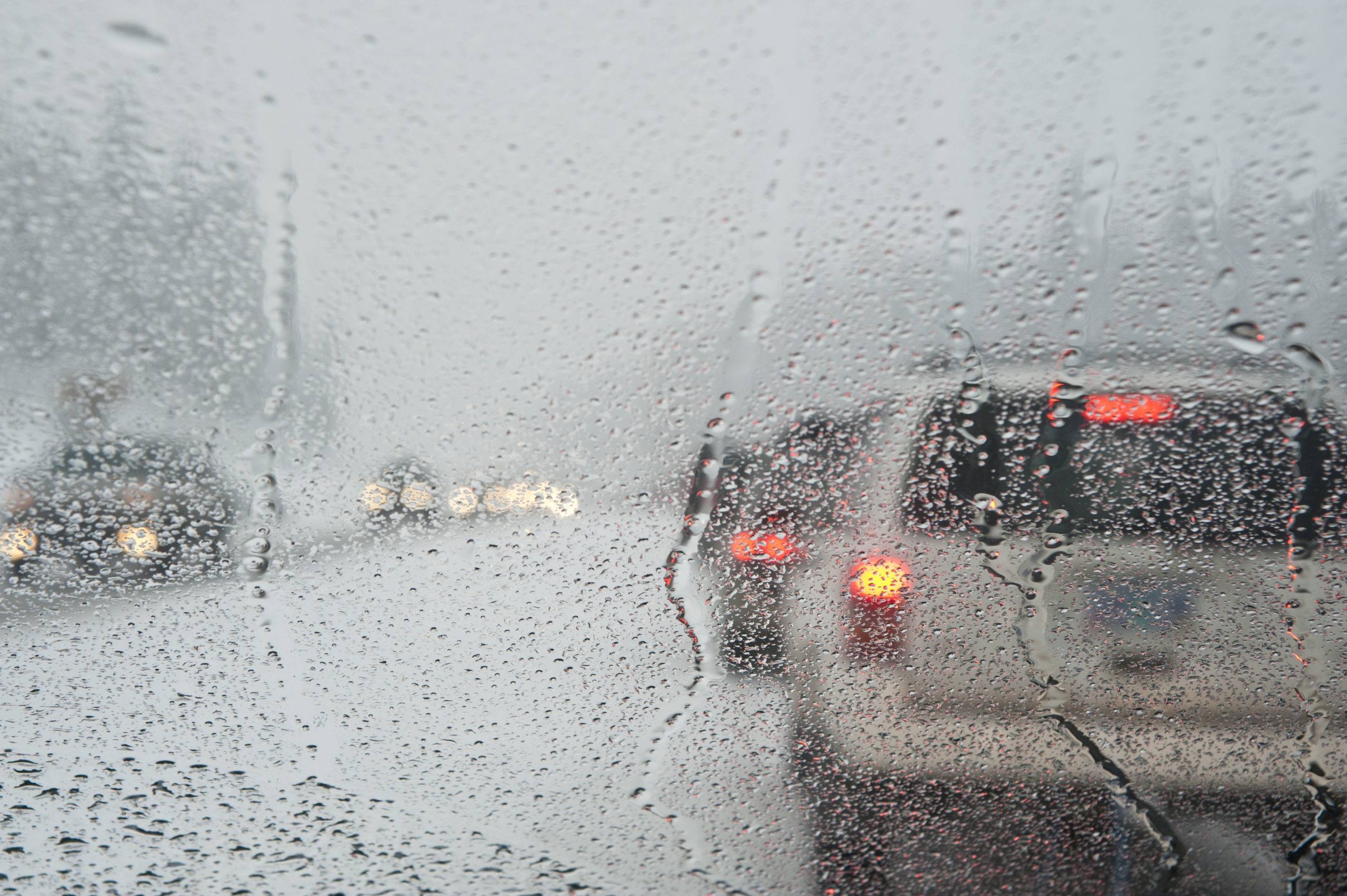
Winter is melting away, and spring has returned—and with it comes a host of new concerns for your car. You might feel ready to leave hibernation for new spring adventures, but you should make sure your car is ready to take on spring, too.
Avoid standing water
The St. Louis area is filled with flood zones in the form of creeks that are dry for most of the year, except during spring rains. When rains are heavy, these creeks fill and can spill over. Flood zones appear all over the metro area, even in areas that are nowhere near these creeks, or the Mississippi or Missouri rivers. Even if your area isn’t flooded, you should be cautious while driving after heavy rains and try to avoid any areas of standing water that are more than four inches deep.
If you do have to drive through standing water, drive slowly. Driving fast through standing water can cause your tires to lose contact with the road, which can cause you to lose control of your steering. Driving slowly also prevents water from splashing up underneath your car. It only takes a small amount of water to be sucked into your engine to cause corrosion and other major issues. Especially in the late winter, standing water could be mixed with salt, which can intensify corrosion.
Check your wiper blades
There’s some debate about whether it’s best to leave wiper blades up during snow showers or freezes. Leaving the blades up prevents damage to the wiper motor (should you try to use the wipers while they’re frozen to your windshield) and prevents you from damaging the rubber while scraping the ice off your windshield, but it can also cause damage to the springs inside the blade arm. Regardless of which camp you fall in, one thing is certain: You’ll want to check your wiper blades for signs of cracking or wear before you attempt to weather the spring storms ahead. Wiper blades that are intact are essential to keep water off your windshield and improve your visibility in the rain.
Watch for potholes
Winter freeze/thaw cycles can be harsh on roads, especially in the form of potholes. Hitting potholes can cause issues with your alignment or possibly damage its suspension components. If you notice your car pulling to one side while you drive, it could be because of alignment or suspension issues, and you should have your car inspected by a mechanic.
Check your tires
Freezing temperatures can cause air to contract, resulting in low tire pressure. If you added more air to your tires during the winter to combat this, warmer spring temperatures might cause that air to expand and increase your tire pressure past manufacturer’s specifications. When warmer temperatures are approaching, make sure your tire pressure is on the lower end of your tires’ recommended range. Once the days are warmer, check your tire pressure again and add air if needed.
Even if you’re cautious, accidents can still happen. Make sure your emergency road kit is ready, including your spare tire, warning triangles or flares, jumper cables, flashlights and extra batteries, a rain poncho and anything else that might come in handy. And, in the event of a serious collision, contact your local auto body shop or Schaefer Autobody and let our experienced technicians get you back on the road as quickly and safely as possible.

